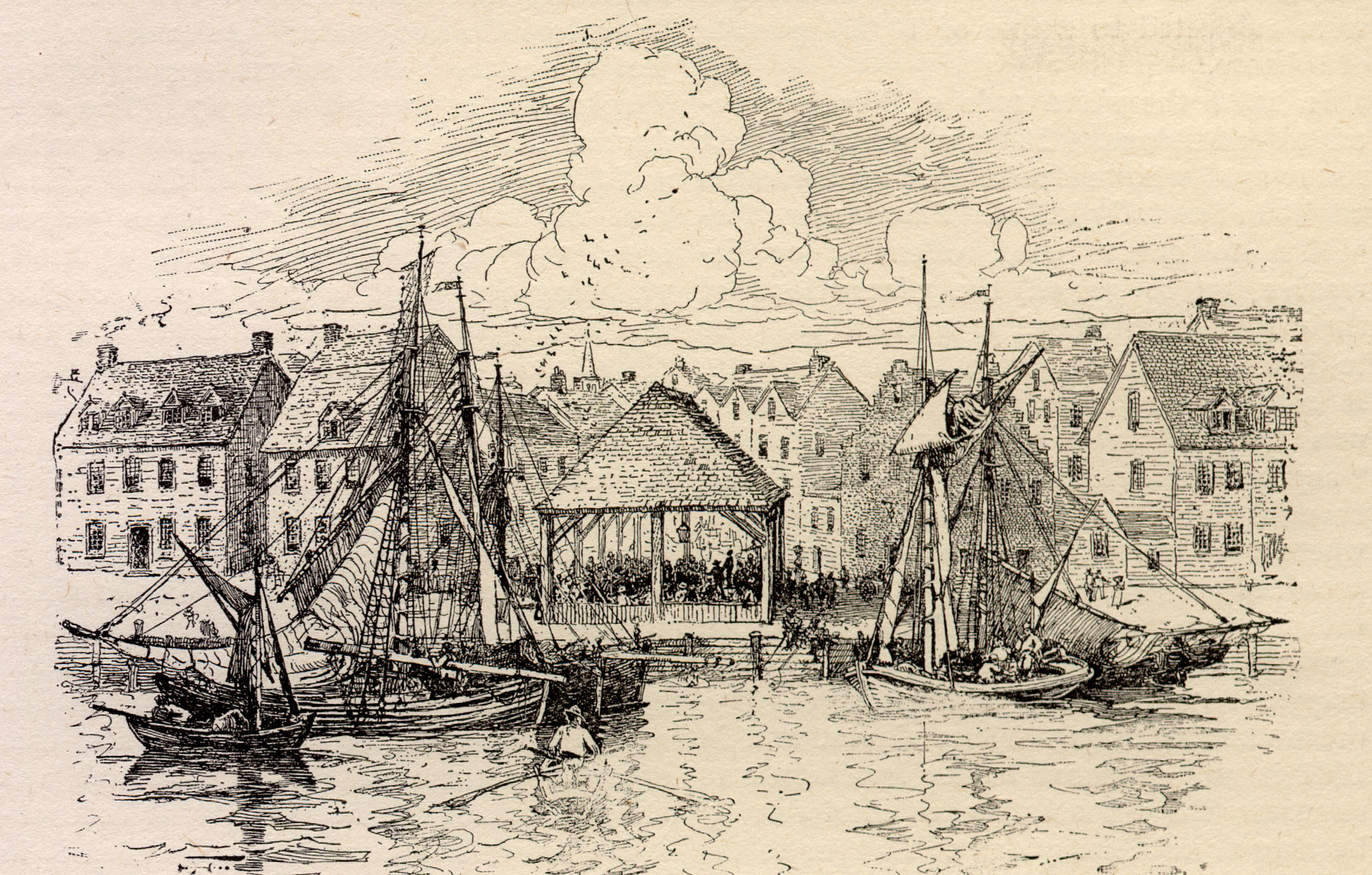The Irish had a long tradition of being oppressed. Their land was taken over by wealthy British landlords. By 1700, only 14 percent of Ireland was owned by the Irish.
Between 1820 and 1840, British landlords in Ireland evicted Irish peasants from the land. Landlords decided they could make more profit raising cattle than allowing peasants to farm the land.
To escape terrible poverty, in the early 1800s thousands upon thousands of people from Ireland came to the United States. Between 1815 and 1840, one million Irish came to this country.
The potato was the main crop for most Irish peasants. A potato famine began in Ireland in 1845. Between 1845 and 1855 about a million people in Ireland starved to death.
Even though people starved during the Irish potato famine, British landlords continued to export grain and cattle to sell in Great Britain.
One and a half million people emigrated from Ireland to the United States during the potato famine.
Almost all the Irish who immigrated to the United States were Catholic.
The Irish who came to the United States got the worst and lowest paid jobs. The men worked in mines, dug canals, worked on the railroads, and did other hard, poorly paid labor. These jobs were extremely dangerous. The women worked in the mills or as domestic workers.
Irish women competed with black women for jobs as domestics. In 1830, a majority of the servants in New York City were black. By the 1850s, 80 percent of the servants were Irish.
Many Irish men and women believed that if they traveled to America they would not be poor.
Many native-born white Americans, who tended to have more money, looked down on the Irish. The Irish were often put down with names like “mick”: “Mick, do this, Mick, do that.”
Many Irish people had been living in the United States a very short time when the Civil War broke out in 1861.
Many blacks in the North resented the new people who came from Ireland and appeared to think that because they had white skin, they had more rights to jobs than did the blacks. As the black abolitionist Frederick Douglass wrote: “Every hour sees us elbowed out of some employment to make room perhaps for some newly arrived immigrants ...”
Because of their poverty, many of the Irish lived in terrible conditions in the United States. As one immigrant said, they treated us like “dogs.”
At times, employers brought in Chinese or black workers to break the strikes of Irish workers.
At times, blacks in the North made fun of the Irish or criticized them as “the scum of European society.”
Conflicts over religious instruction in school led some native-born white American Protestants to burn down Irish Catholic churches.
In the South, at times the Irish would be hired to do the most dangerous jobs. Slave owners would prefer to lose a temporary Irish worker than a permanent black slave, whom they saw as their property
Irish workers saw that Northern businessmen were becoming rich off the Civil War. Contractors sold defective guns to the U.S. army; manufacturers sold cheaply made uniforms at a hefty profit; merchants sold sand as sugar.
In the north, the Irish competed with blacks for jobs like waiters, coachmen, and longshoremen. The Irish constantly worried about this job competition.
On January 1, 1863, President Abraham Lincoln issued the Emancipation Proclamation. Many people in the North believed this meant that the Civil War was now being fought to free black slaves.
Democrats who opposed the Civil War owned many newspapers in the North. Some newspapers even supported the South. The papers wrote that whites in the North would be drafted to free black slaves.
If the slaves were freed, many Irish believed that they would move North. This is what the Democratic-owned newspapers wrote.
During the Civil War, many black refugees from the South came north to the cities.
In the summer of 1863, 3,000 mostly white longshoremen in New York City went on strike. Most of the strikers were Irish immigrants. Employers brought in black workers, under police protection, to break the strike
During the Civil War, very few black people in the United States were Catholic.
In March 1863, a draft law was passed. It made all white men, age 20 to 45 liable for military service.
If someone was drafted into the military and didn’t want to go, he could pay the government $300—if he could afford it. For that amount he wouldn’t have to join the military. Or, if a man was drafted, his family could hire a substitute to fight in his place.
For many white soldiers, the Civil War was very unpopular. In 1862, in one month alone, more than 2,500 deserters were returned to the Union army in just one city.
Many of the first people in the North who were drafted to fight in the Civil War were poor Irishmen.

